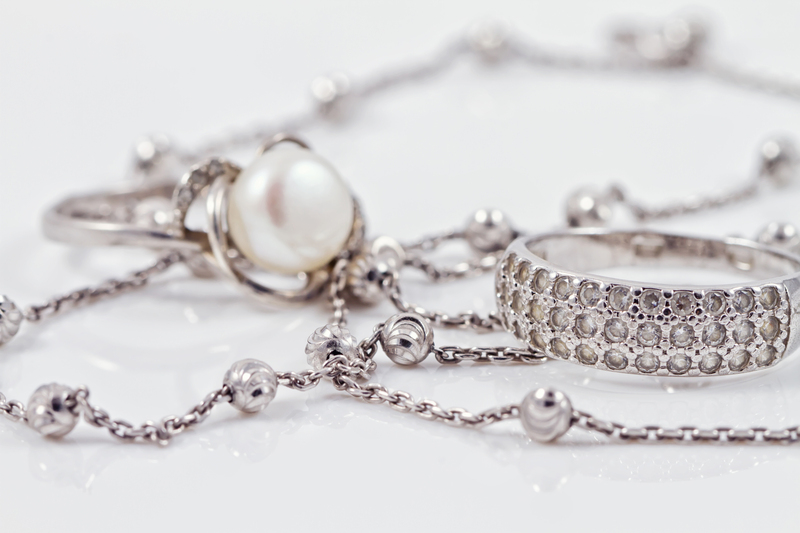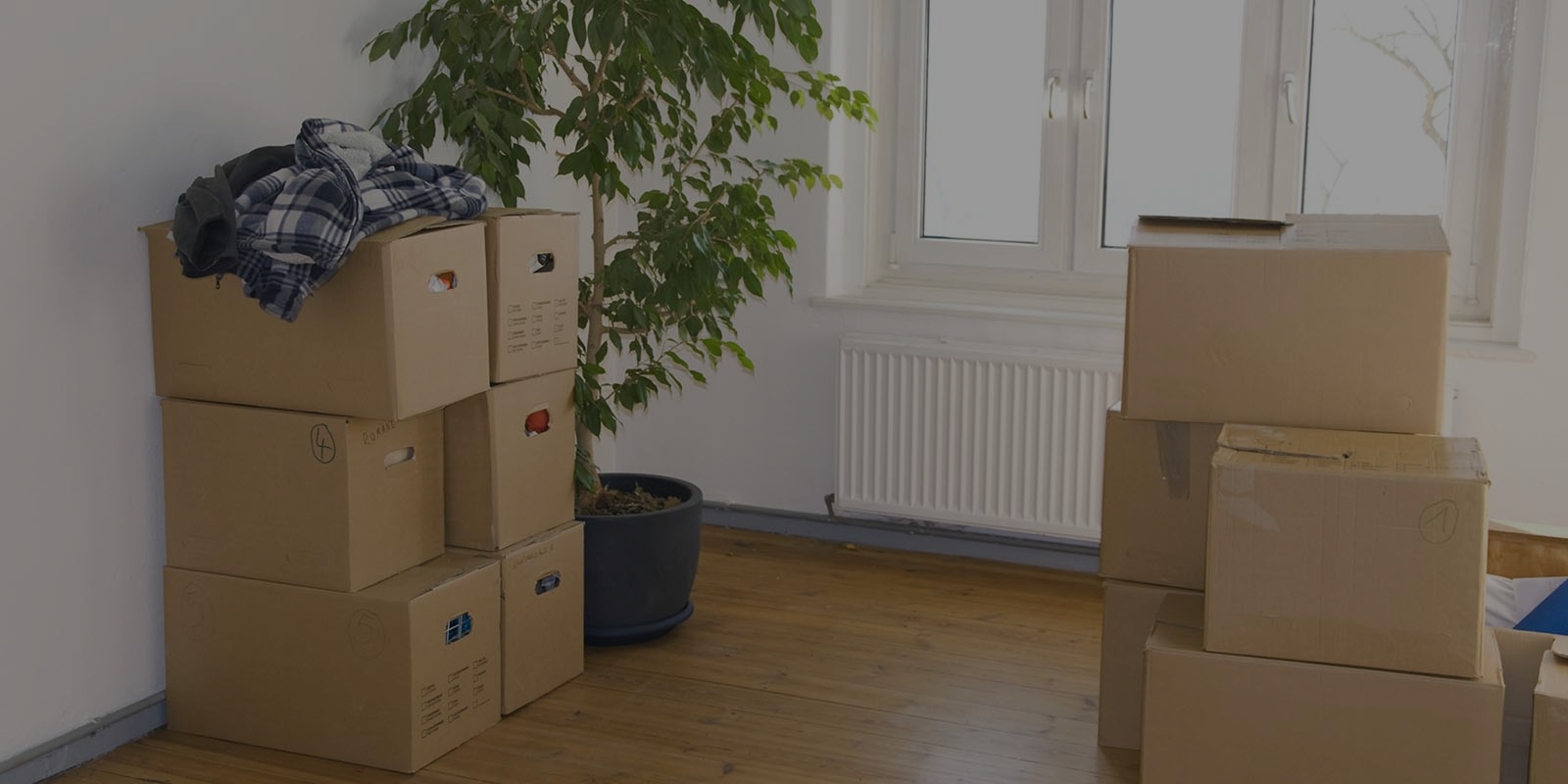Key Practices for Storing Your Freezer Safely
Posted on 18/05/2025
Key Practices for Storing Your Freezer Safely
The freezer is an essential household appliance, preserving the freshness of food and extending its shelf life dramatically. However, it's not just about tossing items into the cold and closing the door. Proper freezer storage practices ensure both food safety and the optimal longevity of your appliance. In this comprehensive article, we break down essential techniques and best tips for storing your freezer safely, so your food remains tasty, nutritious, and safe to eat.
Why Safe Freezer Storage Matters
Storing food properly in your freezer isn't just about convenience--it's about preserving food quality, preventing freezer burn, and most importantly, preventing foodborne illnesses. A well-organized and safely loaded freezer also operates more efficiently, saving you money on energy bills and reducing food waste.
Let's walk through the critical components of safe freezer storage to ensure you get the maximum benefit for your kitchen and family.

Understanding Your Freezer
Types of Freezers
- Upright Freezers: Stand vertically like a refrigerator and are easy to organize.
- Chest Freezers: Open from the top and offer more storage space but can be harder to organize.
- Built-in Freezer Drawers: Integrated into modern fridges, ideal for smaller storage needs.
Optimal Freezer Temperature
Maintaining the correct freezer temperature is pivotal for food safety. The US Food & Drug Administration (FDA) recommends keeping your freezer at 0?F (-18?C) or lower. At this temperature, bacteria that cause food to spoil or make people ill become inactive.
- Use an appliance thermometer: Regularly check your freezer's temperature.
- Don't overload: Air circulation is key for efficient freezing, so do not overload your freezer to allow cold air to move freely.
Practices for Packing and Loading Your Freezer
Cool Foods Before Freezing
Hot items can raise the temperature in your freezer, possibly partially thawing other foods and promoting bacteria growth. Always let food cool to room temperature before storing it in your freezer for safety and preservation.
Use Freezer-Safe Containers and Bags
To prevent freezer burn, always use:
- Heavy-duty aluminum foil
- Freezer paper
- Airtight plastic or glass containers
- Zip-top freezer bags
Label all containers clearly with the contents and date of freezing. This will help you use foods in the right order and keep track of what's inside.
Portioning and Labeling
Divide food into meal-sized portions before freezing. When you're ready to thaw, you'll only need to defrost exactly what you need, reducing waste and improving safety.
- Smaller portions freeze quickly and evenly, reducing the chance of bacteria growth.
- Always date and label every item--include the type of food and freezing date.
- Use the oldest food first (first in, first out system).
Organizing the Freezer for Efficient and Safe Storage
Placement is Key
- Store frequently used items in front or on top for easy access.
- Put less-used items in the back or bottom.
- Don't block air vents:
- Allow space between packages for airflow.
Group Foods by Type
- Meat and poultry together
- Vegetables and fruits in another section
- Bread and baked goods in their own area
- Prepared meals and leftovers separated
Freeze Flat for Easy Storage
Freezing liquids such as soups, sauces, or stews in zip-top bags laid flat saves space and allows for faster thawing. Once frozen, they can be stacked upright or side-by-side like books.
Maintain a Freezer Inventory
Keep a list (digital or paper) near your freezer of what's inside and when items were frozen. This reduces forgotten foods and helps with menu planning.
Safe Thawing Practices
Knowing how to defrost frozen food safely is just as crucial as safe storage.
- Refrigerator Thawing: The safest method. Allow 24 hours for every 5 pounds of food.
- Cold Water Thawing: For faster results, submerge sealed food in cold water, changing the water every 30 minutes.
- Microwave Thawing: Only when you plan to cook immediately, as some parts may begin to cook during the process.
*Never thaw food at room temperature* as this can promote the rapid growth of harmful bacteria on the surfaces while the middle remains frozen.
Preventing Freezer Burn and Food Waste
What is Freezer Burn?
Freezer burn appears as grayish-brown leathery spots on food, caused by air exposure. While safe to eat, it results in dry, flavorless food.
How to Prevent Freezer Burn
- Remove as much air as possible from storage bags or containers.
- Use proper packaging materials designed for freezing.
- Avoid refreezing thawed food as it increases the risk of freezer burn and reduces quality.
Tip: Double-bagging or using vacuum sealers can dramatically increase the protection against freezer burn.
Maximum Storage Times for Common Foods
Not all foods retain their quality equally over time. Here's a quick guideline for maximum recommended freezer storage times for optimal taste and texture (at 0?F / -18?C):
- Fish: 3-6 months (fatty); 6-12 months (lean)
- Poultry: 9-12 months (whole); 4-6 months (parts)
- Red meats: 4-12 months
- Ground meats: 3-4 months
- Bread & baked goods: 2-3 months
- Vegetables & fruits: 8-12 months
- Soups & stews: 2-3 months
- Cooked leftovers: 2-3 months
For a detailed chart, visit trusted sources such as the FDA or USDA websites on freezer food safety.
Special Freezer Safety Tips for Power Outages
Power failures can interrupt the freezing process and potentially cause food spoilage. Here are vital tips to minimize risk:
- Keep the freezer door closed: A full freezer will stay at a safe temperature for about 48 hours (24 hours if half full).
- Use appliance thermometers: Check the internal temperature. If food is above 40?F for more than 2 hours, it should be discarded.
- Add ice packs or dry ice if outage is prolonged to help maintain the temperature.
- Refreeze food only if ice crystals are present or temperature is at 40?F or below.
Maintaining and Cleaning Your Freezer
Regular Defrosting (If Required)
Older manual-defrost freezers can accumulate ice buildup, reducing efficiency. Defrost your freezer when the frost is 1/4 inch thick to ensure optimal performance. Use a plastic or wooden scraper to remove ice--never use sharp objects.
- Move food to a cooler during defrosting.
- Wipe down interior with a solution of baking soda and water to remove odors and keep it fresh.
- Dry thoroughly before turning the freezer back on and reloading food.
Regular Cleaning
- Wipe spills immediately to prevent staining and smells.
- Clean the gasket (door seal) regularly to maintain a good seal, promoting efficiency and preventing leaks.
- Vacuum condenser coils (if accessible) at least twice a year to improve efficiency and extend appliance life.
Common Mistakes to Avoid in Freezer Storage
- Overfilling the freezer: Prevents airflow and uniform freezing.
- Storing non-food items: Chemicals or other non-food items can contaminate the freezer and are unsafe.
- Not labeling items: Leads to forgotten food and waste.
- Freezing foods too close to expiration: The freezer does not improve food safety, it merely delays spoilage.
- Not rotating foods: Practice the 'First In, First Out' principle to minimize waste.
- Using low-quality packaging: Results in freezer burn and faster food spoilage.

Summing Up: Your Roadmap to Safe Freezer Storage
By using these key practices for storing your freezer safely, you can prevent foodborne illness, reduce waste, and keep your freezer running smoothly for years to come. Just remember:
- Always use freezer-safe containers and label everything.
- Keep your freezer at 0?F (-18?C) or below.
- Don't refreeze thawed foods, and use inventory lists to manage contents efficiently.
A little extra care goes a long way in *ensuring the safety and quality* of frozen food. If you follow these comprehensive practices, your frozen ingredients, meals, and treats will stay delicious and safe to enjoy right out of the freezer.
Frequently Asked Questions About Safe Freezer Storage
Can you freeze food in its original packaging?
Some supermarket packaging is not designed for long-term freezing and may allow air into the package, increasing the risk of freezer burn. It's best to transfer items to airtight, freezer-safe packages or wrap them with heavy-duty foil or freezer paper for extended storage.
Is it safe to refreeze thawed food?
If food has thawed in the fridge and hasn't reached temperatures above 40?F, it is generally safe to refreeze. However, the quality may degrade. NEVER refreeze foods that have thawed at room temperature or in warm environments.
How long does food last in the freezer?
Food safety is indefinite at 0?F, but quality diminishes over time. Refer to our storage times above for the best flavor and texture. Regularly rotate foods to ensure you're eating the oldest items first.
How can I tell if frozen food has spoiled?
Spoiled frozen food may have an off odor, discoloration, or an unusual texture after thawing. When in doubt, always err on the side of caution and discard questionable foods.
For more tips on storing your freezer safely or organizing your kitchen, follow our expert blog and keep your household running smoothly.







